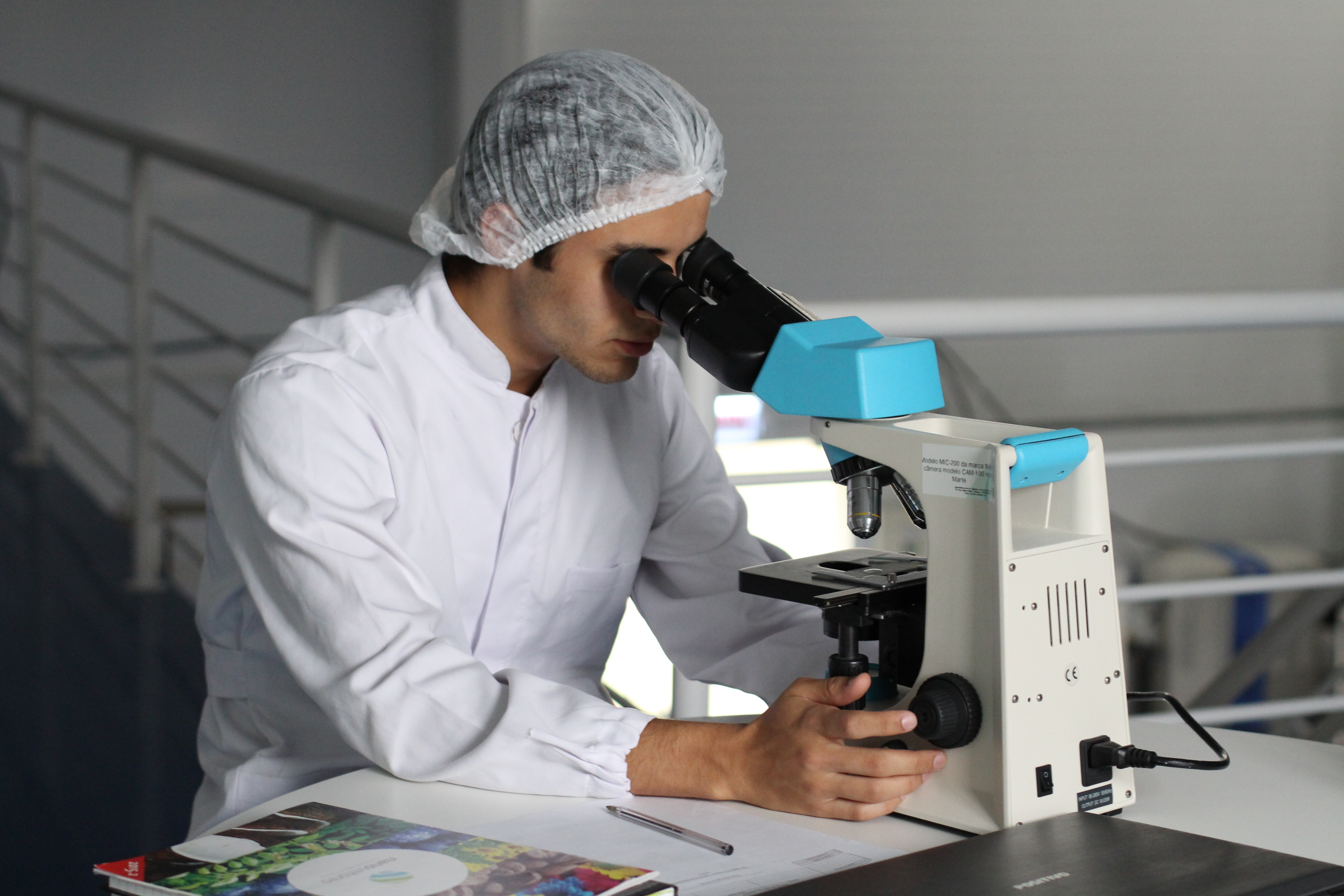
The new HSC Module 7 Biology: Infectious Disease is brimming with new content!
Module 7 Biology has been updated to have a focus on infectious diseases like influenza, Staph infections and many others.
Keep reading to get a breakdown of some changes to the syllabus/module, an outline of the topics and some tips and tricks so you can ace HSC Biology!
An Introduction to Disease
Infectious Disease: General Overview
Topic 1: Causes of Infectious Disease
Topic 2: Responses to Pathogens
Topic 3: Immunity
Topic 4: Prevention, Treatment and Control
How to Remember Content for Module 7 Biology
An Introduction to Disease
Infectious diseases are an issue that will affect everyone at some point in their life—whether you contract it, someone you know contracts it or you hear about it in the future.
This module better prepares you to understand the causes and effects, and strategies put in place to limit the spread of infection.
The topic of diseases is a change of pace from the previous two modules. Modules 5 and 6 focused on the history, application and mechanism of concepts in genetics and genetic technologies.
Now, we’ve got Module 7 and 8 which focus on changes in the human body in response to disease, strategies to prevent, control and treat disease and features of the pathogens that cause infections.
It’s already hard enough for Year 12 student bodies to stay healthy, but they also have to fight off microscopic pathogenic organisms.
Module 7 is also dedicated to understanding how the immune system fights off disease, and what strategies are set in place to reduce your chance of getting sick!
Looking for more? Check out all of our free Biology resources!
HSC Module 7 Biology: Infectious Disease General Overview
Let’s take a look at the content focus to get a general idea about the module:

Some key ideas that jump out at us are:
- Treatment, prevention, control
- Local and global
- Cause, response and effect
- Applications
We can see that there is a cellular, social and technological focus on disease which gives you the perspective that disease doesn’t just cost health, but costs money, time and resources.
The topics in Module 7 include:
- Causes of Infectious Disease – history of infectious diseases, features of pathogens, effect on agriculture
- Responses to Pathogens – physical and chemical changes of plants and animals to pathogens
- Immunity – process of innate and adaptive immune system fighting against infection
- Prevention, Treatment and Control – strategies to control infectious disease like pharmaceuticals, vaccines, quarantine, Aboriginal protocols
If you need a quick recap of these topics, make sure you check out HSC Together which has FREE videos on every single HSC Biology syllabus dot point so that you can effectively consolidate your knowledge!
Let’s get into it with more detail!
Topic 1 – Module 7 Biology: Causes of Infectious Disease
Inquiry question: How are diseases transmitted?
Infectious diseases are usually caused by microorganisms that enter the body and trigger the immune system…but how do they actually cause disease?
In this topic you learn about features of microbes and how they are able to cause disease.
Causes of Infectious Disease is separated into 2 main ideas:
- Features of the pathogen and;
- How they are transmitted.
Features of Pathogens
A pathogen is an organism that causes disease when transmitted.
You’ll learn that they can be microbes, macro-organisms or non-cellular, and can infect both plants and animals.
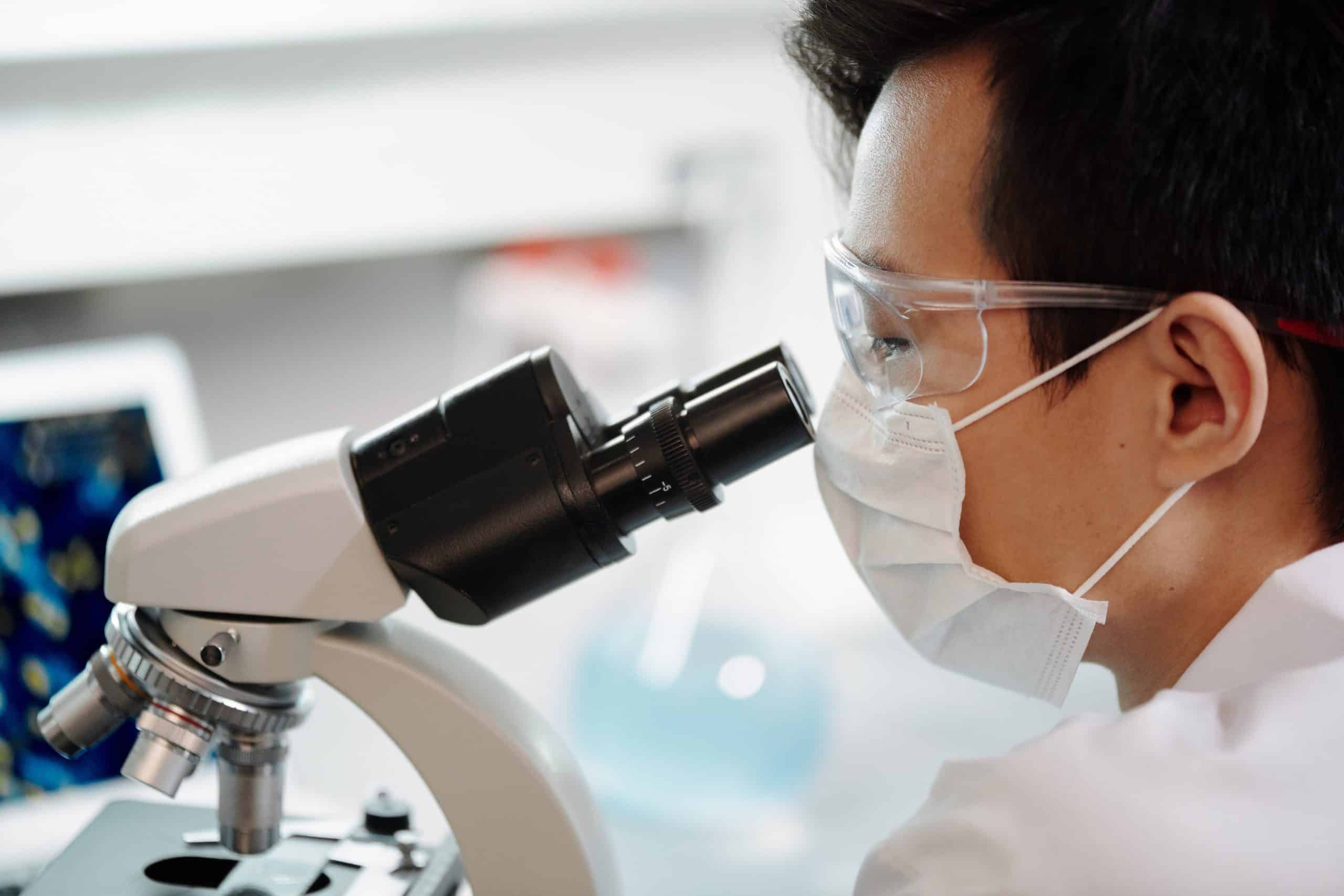
Due to the diverse spectrum of pathogens, it’s best to use two or three examples of a specific pathogen.
For example, you may have heard of Staphylococcus aureus which lives on your skin and in your nose. Normal bacteria on your skin is normal, but sometimes these bugs can take advantage of your sickness. Imagine that your immune system is weakened and cannot fight off baddies, or you have a deep skin wound. Bacteria are more easily able to enter blood where they do not belong, causing disease.
Oftentimes, pathogens aren’t found on the human body.
You will be asked to conduct a practical investigation on food and water to find out what pathogens are present, and what features of pathogens can be extrapolated from this investigation.
S. aureus can also be found in food sources like meat, making it a great example to use when talking about infectious diseases.
However, to describe other mechanisms of food and water borne pathogens, make sure to use another example like Salmonella and Norovirus.
Food
On the topic of food, food is an important part of understanding the transmission of pathogens.
1. Epidemics
How do diseases spread during an epidemic? The transmission of bacteria is related to how it can spread during an epidemic i.e. through contaminated food and water
2. Koch and Pasteur
The work of Robert Koch and Louis Pasteur was pivotal to understanding transmission of infectious diseases. Check out these videos for a quick rundown of experiments:
Remember the gist of these two experiments because they are popular questions!
3. Agriculture
How have plant and animal diseases affected agricultural production?
Consider using an Australian example like the airborne plant pathogen phytophthora which you can read about here!
Adaptations
Pathogens, as microorganisms, reproduce and mutate as a greater rate and frequency than humans. This means that there is a greater chance that they will mutate themselves to better attack their host.
For this dot point, you can use a pathogen adaptation against the host immune system to round out your answers.
Use our helpful guide to help you summarise information. Summarising what the dot points ask of you can be hard, so keep it succinct.
| Pathogen | |
|---|---|
| Name | |
| Special features e.g. gram positive /negative, flagella | |
| Where is it usually found? | |
| Transmissions | |
| Toxins | |
| Plant or animal? | |
| Adaptations |
Topic 2 – Module 7 Biology: Responses to Pathogens
Inquiry question: How does a plant or animal respond to infection?
Plants
Let’s recap. What are the general differences between plants and animals?
If their respiration, cell structure and metabolism are different, you can expect that pathogens have evolved different adaptations to infect them.
In this topic you will be asked to do either a practical and/or secondary-sourced investigation to study the response of plants to a named pathogen.
Animals
This time, you are investigating the physical and chemical changes that occur in host animal cells and tissues in response to a pathogen.
You may already know some physical changes like: fever, vomiting and diarrhoea — but what does this look like on the cellular level?
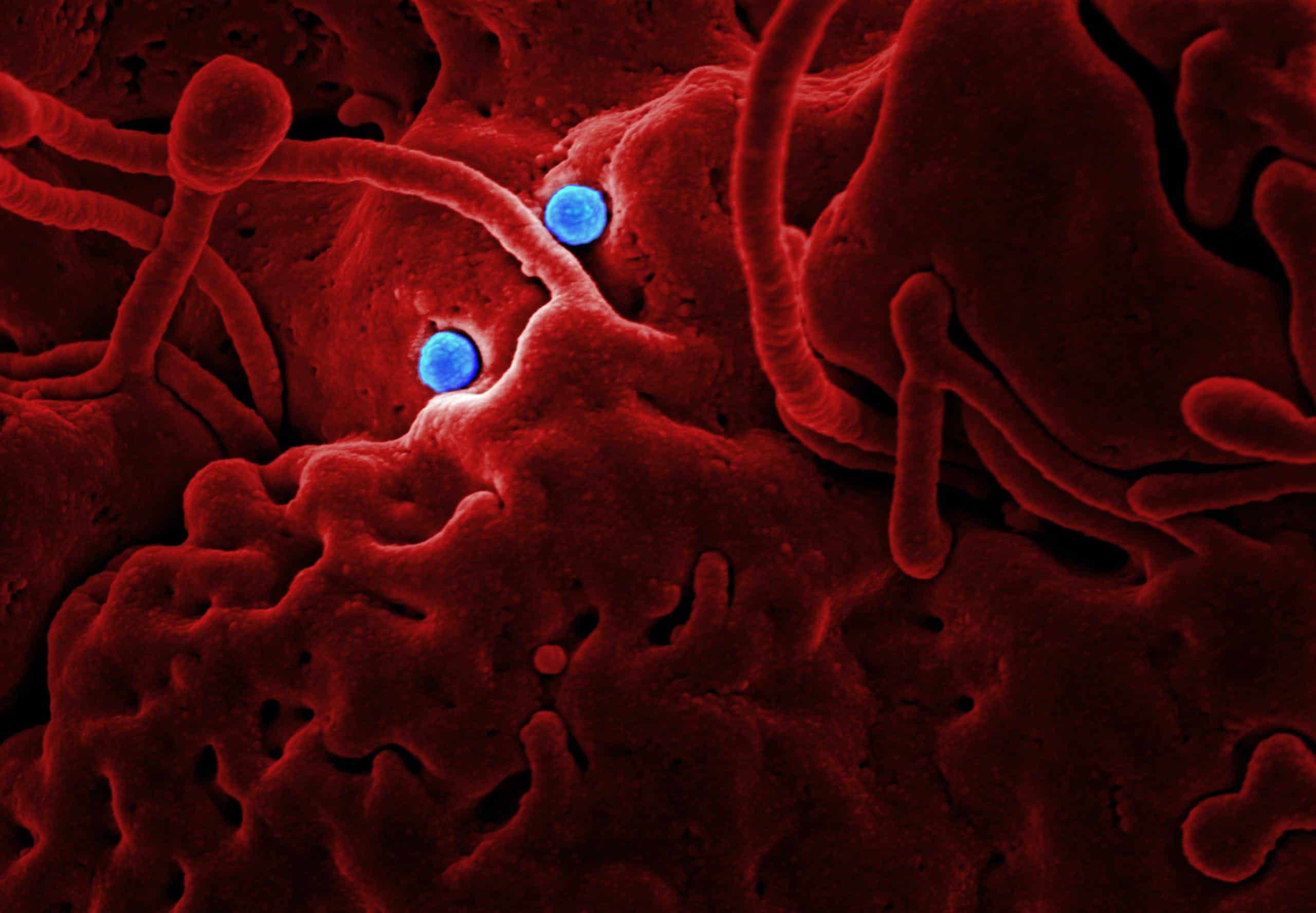
You don’t need to use a named pathogen, but it can still be good to name a pathogen e.g. Helicobacter pylori.
Image from Royal Australian College of General Practitioners.
In response to an infection by H. pylori, stomach cells will be damaged by acidic gastric juice, causing damage to the stomach wall.
Topic 3 – Module 7 Biology: Immunity
Inquiry question: How does the human immune system respond to exposure to a pathogen?
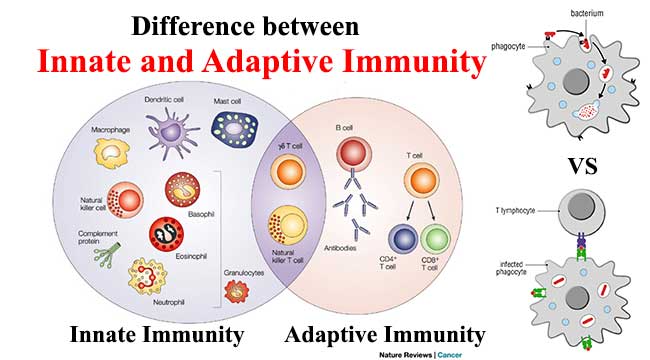
Image from Microbiology Info.
The immune system is the cellular system that has the role of fighting off pathogens, just like your skin cells protect you from your external environment, and your red blood cells are responsible for carrying oxygen.
For this topic, having a clear understanding of the roles of various cells of the immune system would help you understand.
We know that the innate immune system (neutrophils, macrophages) is the first one to kick in after an infection. Afterwards, if the pathogen is still around, the adaptive immune system (T cells and B cells) kicks in.
Note that the immune system is a complex interaction between chemicals and cells. Simplify your notes so that you don’t get confused.
Before cramming all of this content in, take some time to test your knowledge so far with these Module 7 Biology practice questions!
Topic 4 – Module 7 Biology: Prevention, Treatment and Control
Inquiry question: How can the spread of infectious diseases be controlled?
Now that we know what pathogens are and how they cause disease, we need to know how we can stop the spread.
Statistics
One of the learning outcomes is to “selects and processes appropriate qualitative and quantitative data and information using a range of appropriate media”.
The data relates to incidence and prevalence rates of infectious disease in certain populations:
- What portion of people are immune or immunised against a disease?
- How nomadic are they?
- Malaria or Dengue Fever is Southeast Asia
Dengue Fever in Southeast Asia
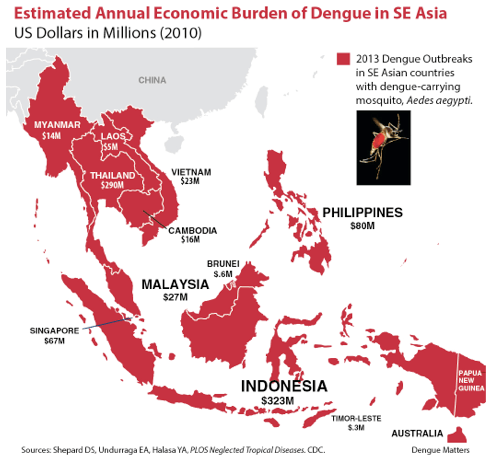
Using Southeast Asia as an example, you can analyse:
- What portion of people are immunise/immune against Dengue fever
- How mobile they are
- What they have used to limit the local, regional and global spread
- Historical, culturally diverse and current strategies to predict and control the spread of disease
Prevent
To prevent the spread of disease, there are practices that have been put in place:
- hygiene practices
- quarantine
- vaccination, including passive and active immunity
- public health campaigns
- use of pesticides
- genetic engineering
Treat
How effective are antivirals and antibiotics at treating infectious diseases?

In previous modules, you may have encountered usage of antibiotics as the major contributing factor in the rise of antibiotic resistance.
Controlling an epidemic or a pandemic
Australia has a strict border control and quarantine strategy put into place to reduce the risk of introducing potentially foreign infectious diseases.
If they do get past the border, then depending on the transmission of the infectious disease (person to person, food borne, airborne, vector), there are varying responses to control the epidemic or pandemic.
Traditional Aboriginal protocols have been integrated into current laws due to their proven efficacy, especially:
- Bush medicine and
- Smoke bush in Western Australia
How to Remember Content for HSC Module 7 Biology
Tip #1: Keep It Simple
Students often make the mistake of including too much information that:
- Isn’t necessary to include in their responses
- Too much that the essential key points won’t get remembered
Fleshing out just the most important points is best in a response. This applies especially for immunity and for pathogens.
Tip #2: Use Examples Where Possible
For example, when talking about the effectiveness of antibiotics, is there one that has solved problems but also has its drawbacks?
As you may have realised, S. aureus is a great, multipurpose example.
Having trouble studying for HSC Biology? Check out our 5-Step guide to studying for HSC Biology!
Tip #3: Visualise the Concept
Sometimes you just need to hear something in a couple different ways. Drawing a diagram and then watching a video of a concept you are learning is the best way to understand.
HSC questions often include graphs, maps and diagrams, so your best chance at smashing out the HSC is looking at several ways of explaining the same concept.
And that wraps up our guide to HSC Module 7 Biology: Infectious Disease! Good luck!
Ready to move onto HSC Biology Module 8? Read up on what this non-infectious diseases module has to offer! (it may be a little less end-of-the-world type stuff…)
Looking for some extra help with Infectious Disease?
We have an incredible team of HSC Biology tutors and mentors who are new HSC syllabus experts!
We can help you master the HSC Biology syllabus and ace your upcoming HSC Biology assessments with personalised lessons conducted one-on-one in your home or at our state of the art campus in Hornsby or the Hills!
We’ve supported over thousands of students over the last 10 years, and on average our students score mark improvements of over 19%!
To find out more and get started with an inspirational HSC Biology tutor and mentor, get in touch today or give us a ring on 1300 267 888! Check us out on Tiktok!


